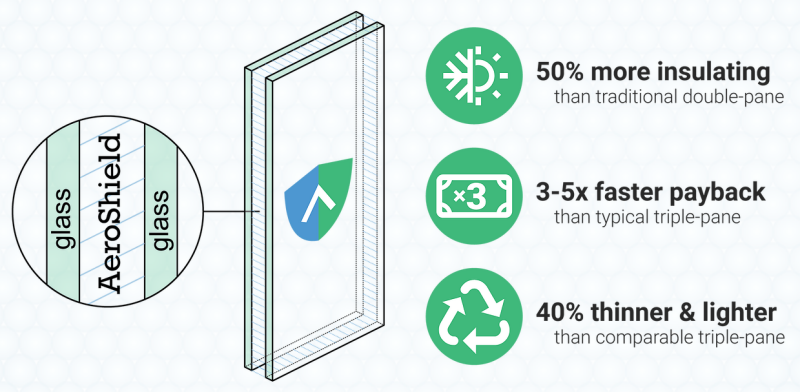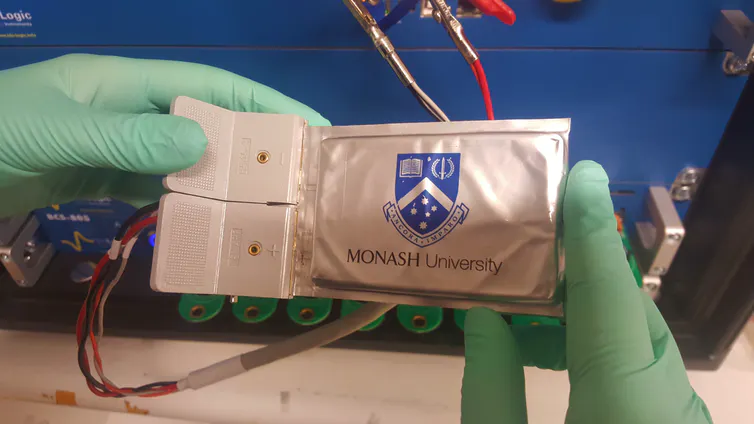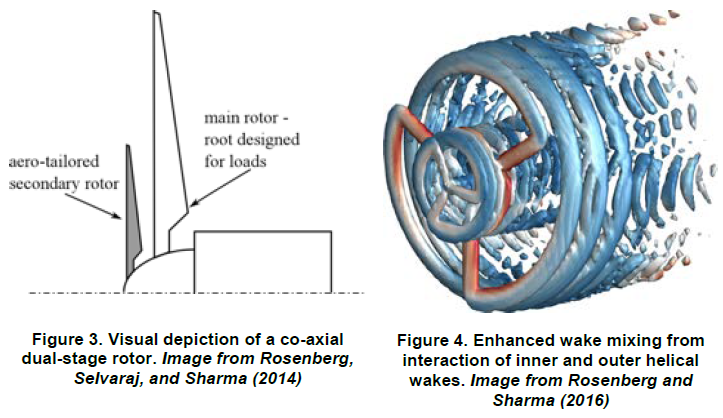
January 23, 2020 by Mary Beth Gallagher, via Energy Post Buildings represent one third of energy usage in the U.S., and that will be typical of similar economies around the world. The cost of re-fitting buildings to conserve energy is very high and can take decades. Specifically, 30% of the energy used to heat and cool buildings is down to the heat that either escapes or enters through windows. What if there was a way to control that heat flow without re-designing or replacing the windows? MIT’s Mary Beth Galla
[Read more...]





